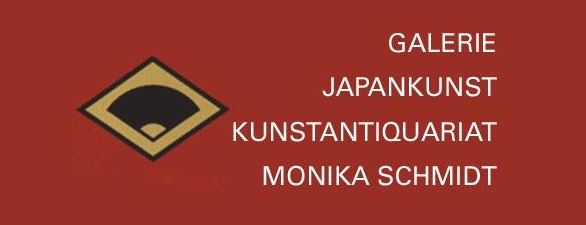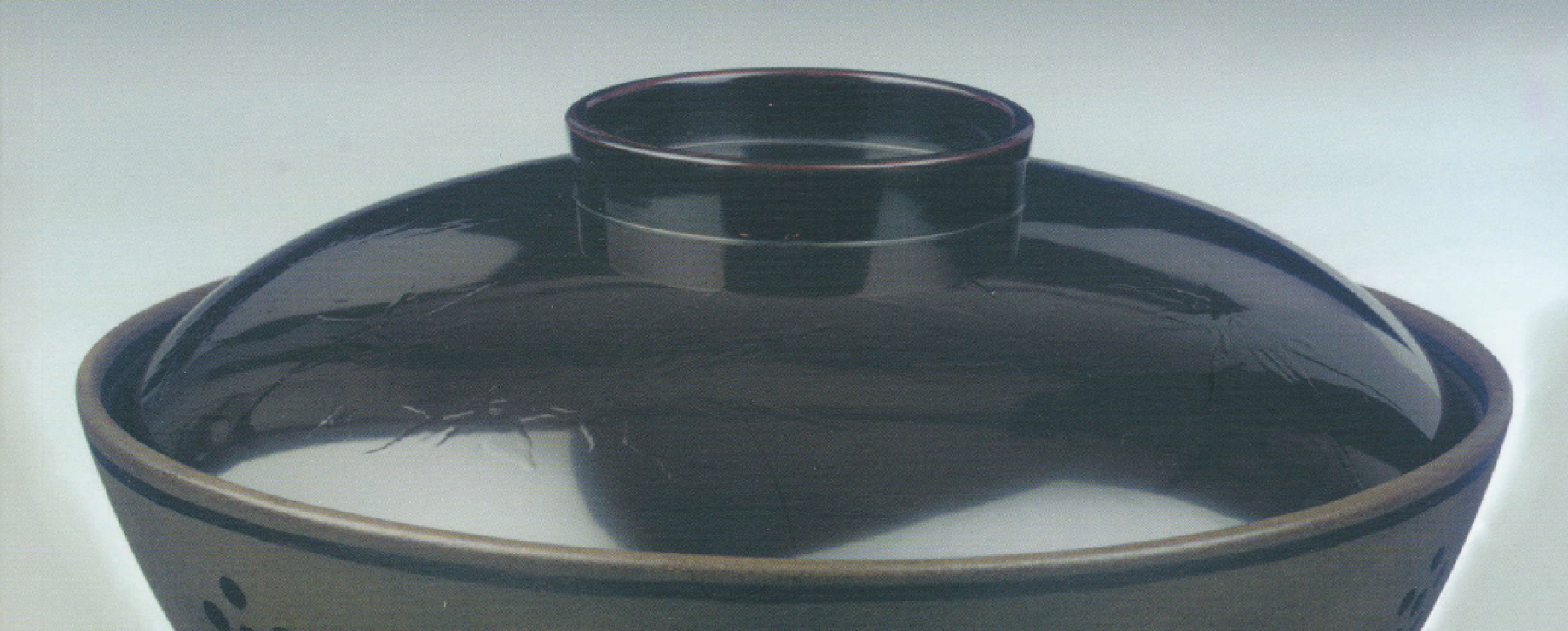EDITORIAL: Little attention is generally given to the wrapping of art objects, but having read the article of Jan Dees about tomobako, that will change. In fact, these storage boxes not only protect the object against all kinds of hazards but may also contain valuable information about the maker or the object enclosed. What a pity it would have been had the tomobako of a wooden tea caddy carrying the following insription been discarded: 'During repairs on the five-storey pagoda of the Hōryūji, it became necessary to cut away a small part of the central post. I obtained some of the wood and made this tea container from it. In a diameter of two sun fvae bu, there were seventy growth rings, each representing five years. This gives an idea of the vastness of the tree from which the post was made. A fortunate day in February 1960'. A fortunate day also for Daan Kok when he came across an interesting phenomenon while studying Dutch borders found around some landscape prints designed by Ryūryūkyo Shinsai and Keisai Eisen: you can read all about it in his article. He would be delighted to receive any additional material to fill the gaps. It would be a forturnate day for any of us to fly to Corfu; not only to enjoy the island's sunny beaches but to visit the Museum of Asian Art. In our series terra incognita the spotlight is turned onto this museum. The present director, Aglaia Karamanou, tells the story of its founder, Gregorius Manos, and guides us through the Japanese collection. The concluding article is about Jizō bosatsu. Johan Somerwil refreshes our memories regarding this sympathetic guardian of children and travellers. Who will not be moved by the gentle Jizō takíng care of aborted and stillborn babies, and of children who died early and are condemned to build heaps of stones in a dry riverbed under the supervision of an old hag who confiscates their clothes and destroys their day's work during the night?
Afbeelding










